The 10 Coolest Smartphones Of 2012
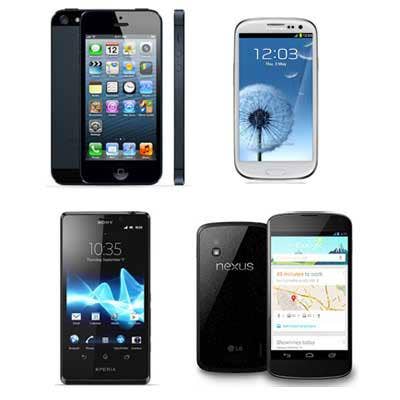
Much More Than A Phone
With each new year comes smarter phones, and 2012 was no exception.
Over the past 12 months, the market was inundated with new smartphones that are faster, sleeker and overall more capable than their predecessors. Some can talk, some can double as a tablet and some can even handle an underwater plunge.
Here are 10 of the coolest -- and smartest -- phones to come to market this year.
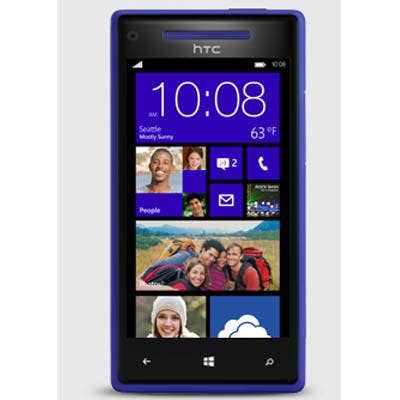
10. HTC Windows Phone 8X
HTC teamed up with Microsoft this year to deliver its Windows Phone 8X, a uniquely designed and (optionally) colorful smartphone running Microsoft's latest mobile OS.
The new Windows Phone 8X has a 4.3-inch screen and a sleek, uni-body design that HTC says feels "magically thin" in your hand. Microsoft's tiled interface pops in the phone's bright frame, which is available in a variety of eye-catching colors, including bright blue, red and yellow.
But, don't be fooled by its daring design. The Windows Phone 8X packs some serious specs, ranging from its 1.5GHz Qualcomm processor to its 2.1-megapixel front-facing camera.
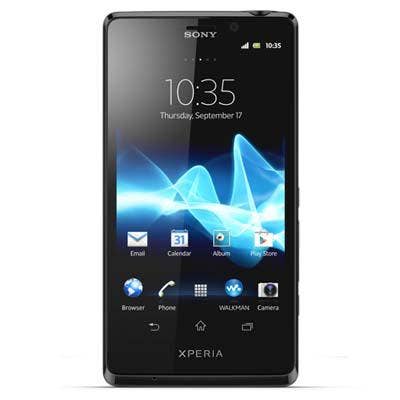
9. Sony Xperia T
Sure, Sony's Xperia T didn't create as much hype as some new smartphones did this year (looking at you, Apple). But James Bond uses it, which must naturally make it cool.
Featured in Skyfall, the latest Bond flick to hit theaters, the Xperia T is Sony's new flagship Android smartphone. In addition to supporting near-field communication and wireless charging, the Xperia T is fully water-resistant, making it ideal not only for Bond himself, but for clumsy users, too.
The Xperia T also features a 1.5GHz Qualcomm processor and a 4.5-inch scratch-resistant LCD display.
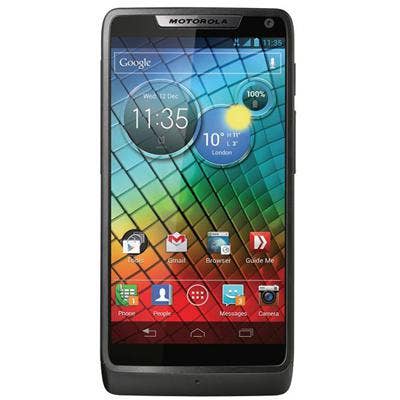
8. Motorola Razr i
On the surface, the Motorola Razr i looks like most other Android phones on the market. But under the hood, it's unique.
The Razr i is one of the few Intel-powered smartphones available today, and the first-ever to launch from Motorola. It's powered by Intel's 2.0GHz "Medfield" Atom processor, which, according to Motorola, is so power-efficient that the Razr i's battery life can last nearly 40 percent longer than that of the iPhone 4S.
The Motorola Razr i, like the handful of other Intel-powered smartphones, is only available outside of the U.S. for now.
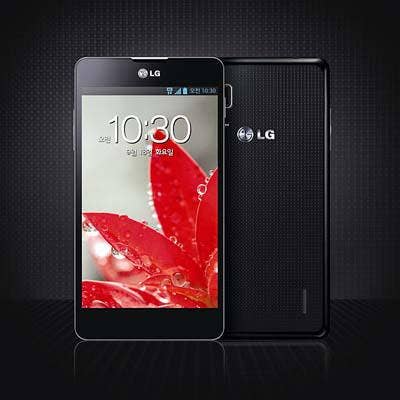
7. LG Optimus G
One of the sleekest smartphones out of LG this year was the Optimus G, which is brimming with new features that LG says lets users better multitask and get things done.
Among these features is QSlide, a viewing option that lets users view two different screens simultaneously, and QuickMemo, a tool for digital writing, drawing or note-taking. Users can also customize the phone's home screen icons to create their own unique interface.
On the inside, the Optimus G runs a quad-core Snapdragon S4 processor, along with Android 4.0 Ice Cream Sandwich.
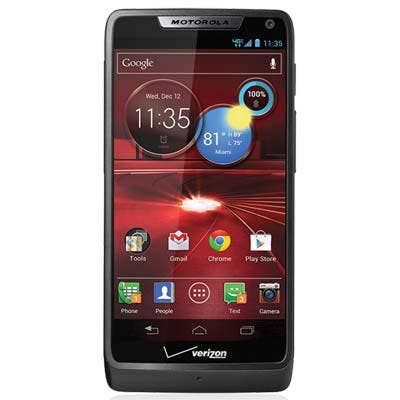
6. Motorola Razr M
Motorola staged its first major smartphone launch as a Google company this September when it introduced the Razr M, an Android-based phone that strikes a solid balance between lots of screen real estate and minimal bulk.
The Razr M measures only 4.3 inches, but it has an edge-to-edge display that makes it feel much bigger. According to Motorola, the screen on the Razr M is 40 percent larger than the screen on the iPhone 4S, despite the phone itself actually being smaller. The end result, Motorola says, is that users can actually type emails and browse the Web without having to squint.
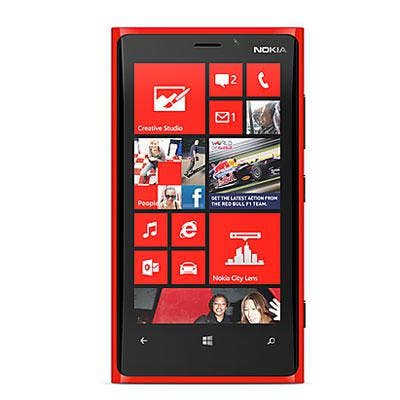
5. Nokia Lumia 920
Nokia came to market this year with the Lumia 920, the first of its Windows Phone 8 devices, and one that could help the Finnish handset maker stage a comeback against market leaders Apple and Google.
In addition to running Microsoft's newest mobile OS, the Lumia 920 boasts a laundry list of new features, including wireless charging, near-field communication and navigation tools, such as Nokia Drive and City Lens.
Of course, as one of the first phones to run Microsoft's Windows Phone 8, the Lumia 920's most stand-out features is its software. It's a bit early to tell, but the Lumia's unique, tiled interface could become a popular alternative to the Android and iOS masses.
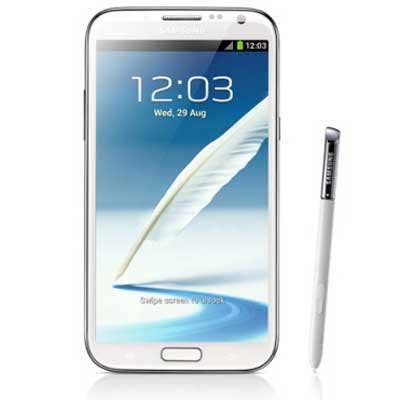
4. Galaxy Note II
Samsung gave way to a new generation of half-tablet, half-smartphone devices with the launch of its Galaxy Note "phablet" last year. In 2012, that popular device got a makeover, in the form of the Galaxy Note II.
The new Note measures 5.5 inches, so it's slightly larger than its predecessor, but it can still easily fit in one hand. It runs the Google's latest Android software, and it also comes with Samsung's S Pen stylus, allowing users to jot down digital notes or doodle directly on the device's display.
These new, souped-up features seem to be paying off for Samsung; the company said in November that Galaxy Note II sales topped five million in just two months.

3. Google Nexus 4
Google's new Nexus 4 smartphone, which is co-branded and manufactured by LG, prompted a feeding frenzy among consumers when it launched this November, selling out within the first hour of its availability.
What's all the hype about? For starters, the Nexus 4 is unlockable, so it can be used with hundreds of service providers, rather than be tethered to just one. It's also equipped with a 1,280-by-768 HD display, a 1.5GHz Snapdragon processor and an 8-megapixel camera.
The Nexus 4 runs an Android "Jelly Bean" OS, along with the latest version of Google Now, a personal assistant tool that helps users organize (and never forget) important meetings, flights and other events.
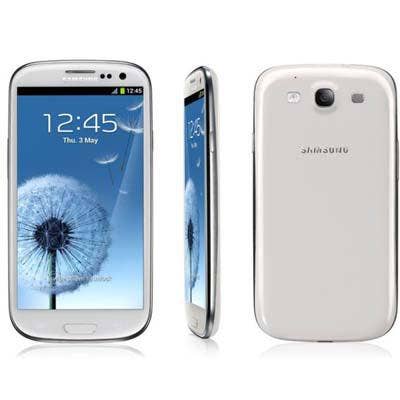
2. Samsung Galaxy S III
The biggest rival to the iPhone this year was the Galaxy S III, the newest version of Samsung's flagship Android-based smartphone.
The Galaxy S III is the most sophisticated Galaxy phone in Samsung's line-up, running the company's latest quad-core Exynos process, Android 4.0 "Jelly Bean," and measuring just 0.3 inches thick. It also has 4.8-inch display, which means more screen real estate than earlier Galaxy S models.
Samsung armed the Galaxy S III with a number of new features, including "S Voice" for voice activation and commands, and "S Beam," which lets users share photos and other files via near-field communication.
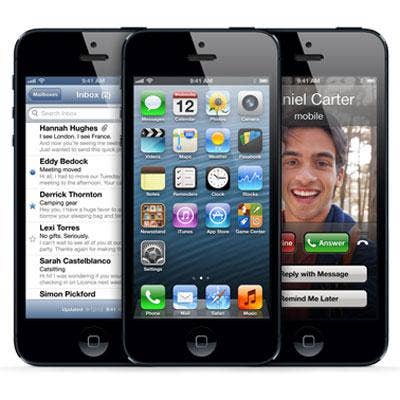
1. iPhone 5
Apple, unsurprisingly, made the biggest splash in the smartphone market this year, with the launch of the iPhone 5.
Unveiled in September, the new iPhone is the first out of Apple's vault to really look different from its predecessors. It's longer and thinner, and it includes a resized port connector that's caused a few eye-rolls, but certainly hasn't stunted any sales. Apple's latest phone also runs its most powerful A6X processor and has support for 4G networks.
The iPhone 5 launch, in true Apple fashion, wasn't exactly low-key. CRN was on-site at the Boston debut, where shoppers came in droves to get their hands on the new device. One entrepreneur-in-the-making even sold his spot in line -- phone not included -- for $460.